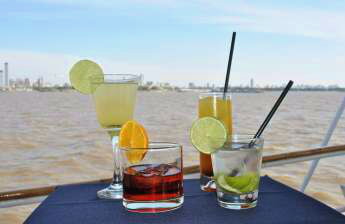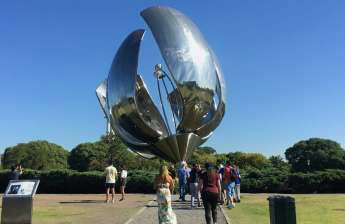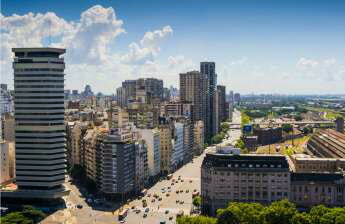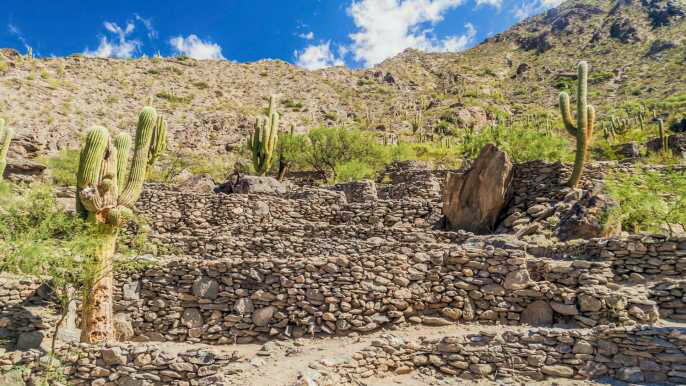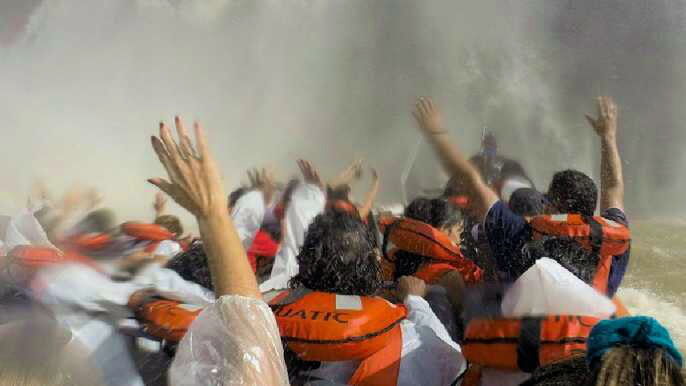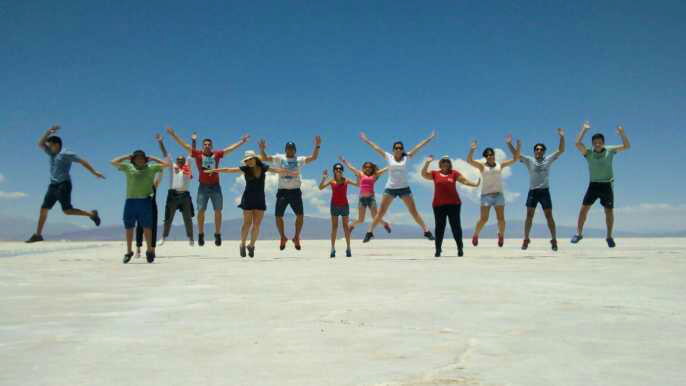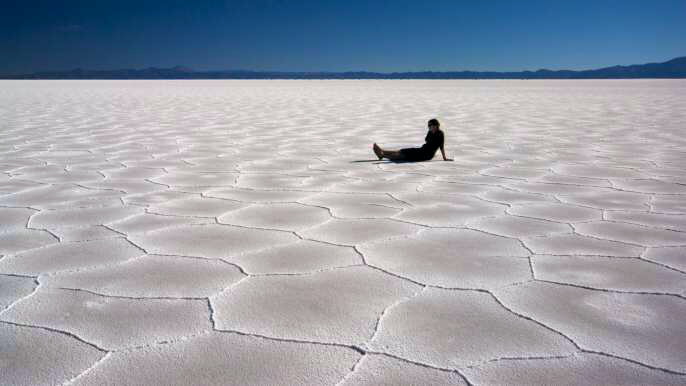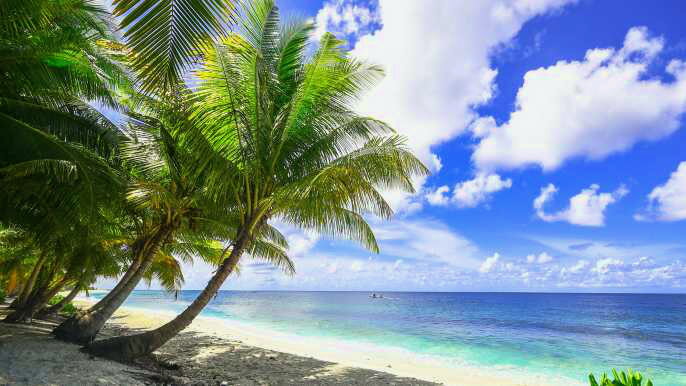Buenos Aires is the lovechild of old-world European grandeur and sexy, hot Latin passion. It's a fusion of contrasting architecture, bustling avenues, milongas (dance events), and street-side cafes that makes this dynamic city so exciting to explore!
Embrace the sensual dance and try your hand at it at a local milonga. You'll find plenty of free ones around town depending on the day.
Casa Rosada
One of Buenos Aires' most famous landmarks, Casa Rosada (or "Pink House") presides over Plaza de Mayo. Home to Argentina's president and government offices since 1862, it's a must-see on any Buenos Aires sightseeing tour.
The presidential palace has a fascinating history that extends beyond its salmon-pink facade to include colonial riverbank fortifications, which were built on the site. Today, it's surrounded by land reclamation and sits more than 1 km inland.
Visitors often associate the building with Eva Peron, who addressed impassioned crowds from her balcony here. But a stroll through the museum behind the palace, which features more than 200 years of Argentine history in exhibits and collections, is equally interesting.
Free hour-long guided tours are offered in English and Spanish on weekends. Registration for these tours must be made online in advance; bringing your passport is recommended.
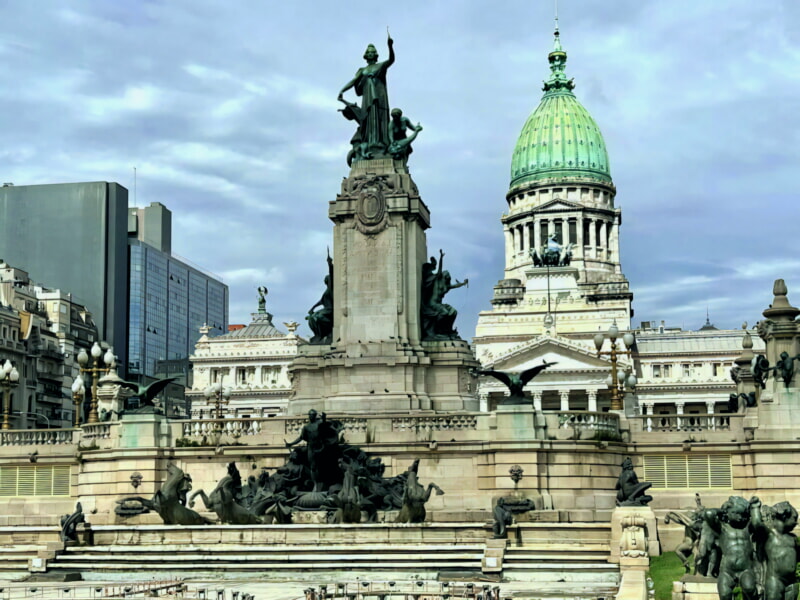
Museum of Decorative Art
In the Recoleta district, this museum is a must-see for anyone interested in European art and design. Located in an ornate Neoclassical mansion, it's home to an extensive collection of paintings and sculptures by European masters.
Guests can also explore the collection of Latin American art, featuring pieces by notable artists such as Frida Kahlo and Antonio Berni. The museum also hosts temporary exhibitions, so there's always something new to see.
Visitors can choose from a variety of activities, including guided tours and workshops in Spanish. The museum also offers a restaurant attached to the building for an afternoon of delicious dining with friends after you've admired its stunning exhibits.
Another fine museum in Buenos Aires, the Museo Evita is devoted to Argentina's first lady, Evita Peron. Learn about her life and legacy by viewing historical photos, videos, and books. Plus, admire her clothes, shoes and handbags on display.
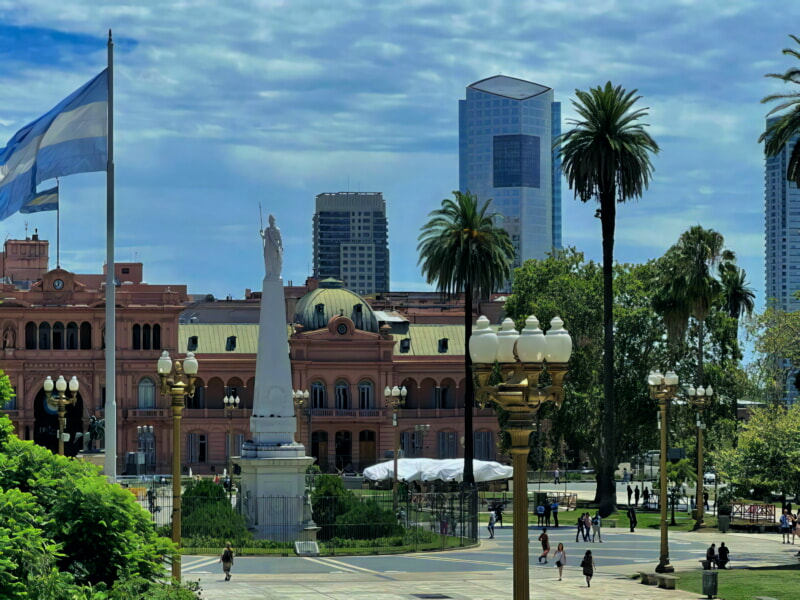
Floralis Generica
The largest stainless steel flower in the world, Floralis Generica is a landmark that towers over Plaza de las Naciones Unidas (United Nations Square). The sculpture was donated to the city by architect Eduardo Catalano.
The steel flower sits in a reflecting pool and is open and closed to mimic the movement of a real flower. It opens every morning at 8am, and closes at sunset.
A modern sculpture, it was designed by Argentine architect Eduardo Catalano and is made of stainless steel and aluminum. It was created using materials provided by Lockheed Martin Aircraft Argentina, a company that manufactures aircrafts and is based in Buenos Aires.
It has an electrical system that automatically opens and closes the petals depending on the time of day. When it closes the petals emit a red glow, which is supposed to symbolise hope that's reborn. On four special days, it remains open all night: May 25th (May Revolution), September 21st, Christmas Eve and New Year's Eve.
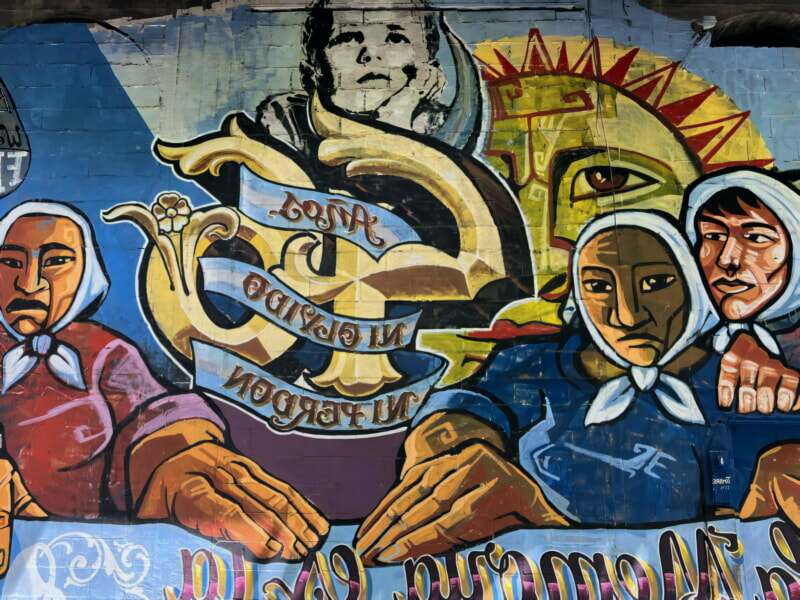
Plaza de Mayo
Buenos Aires's Plaza de Mayo is the city's central square and an important center of political, financial, and administrative life. The Plaza was named after the revolutionary uprising in May 1810 that led to Argentina's independence from Spain.
It's also the home of Buenos Aires's historic Cabildo, Metropolitan Cathedral (where Pope Francis has held mass for 20 years), and Casa Rosada, which is where Argentina's president lives. Tourists often flock to this historic site to see the Casa Rosada and the obelisk-like May Pyramid, erected in honor of the revolution.
The Plaza has played a key role in Argentina's history, with many political demonstrations taking place here over the years. A tragic incident occurred in 1953 when two bombs were placed at a political gathering, killing five people.

